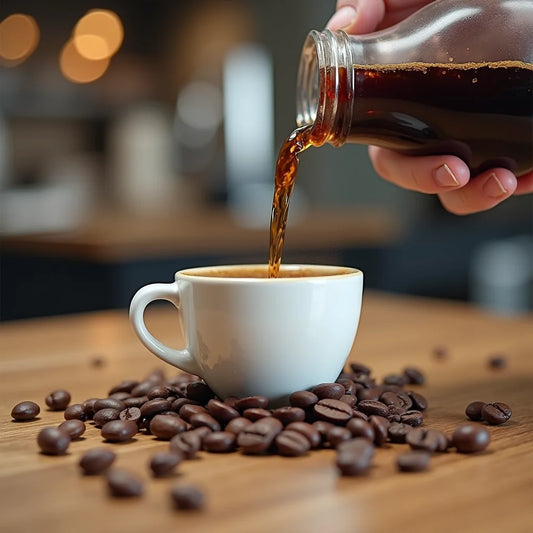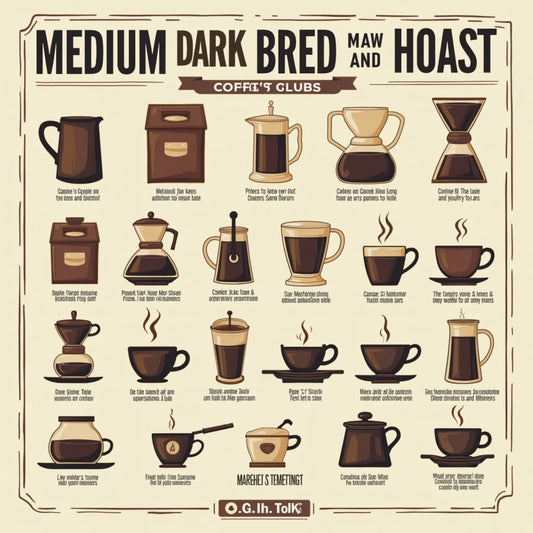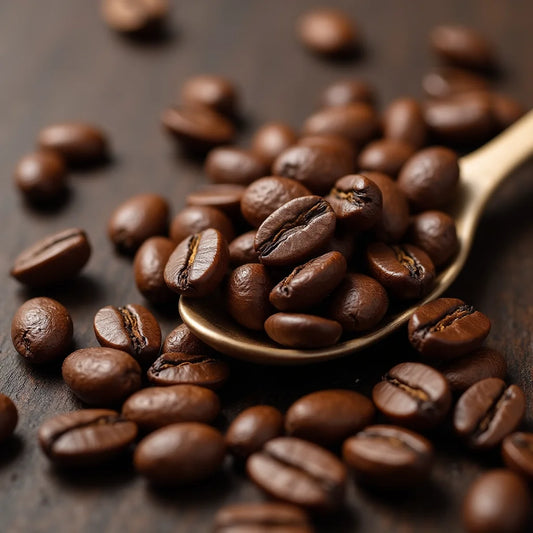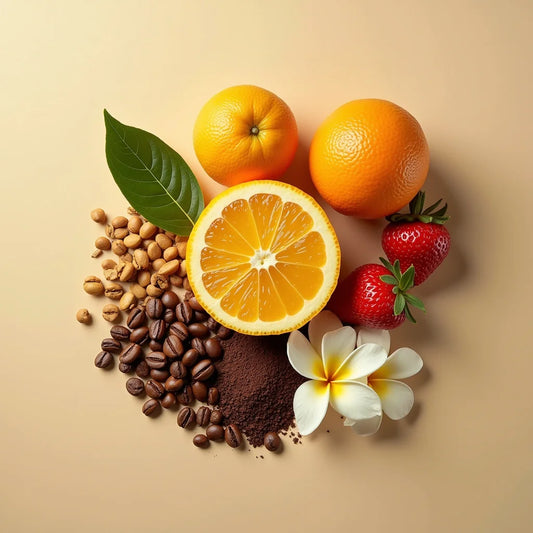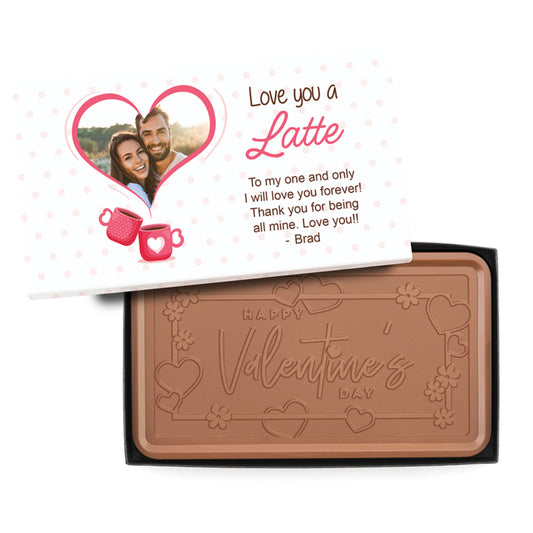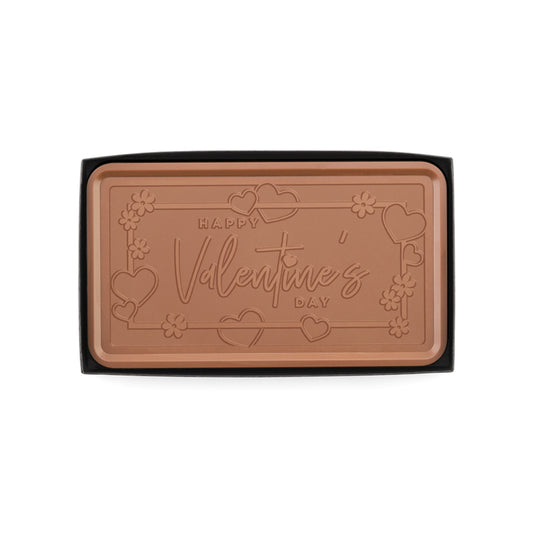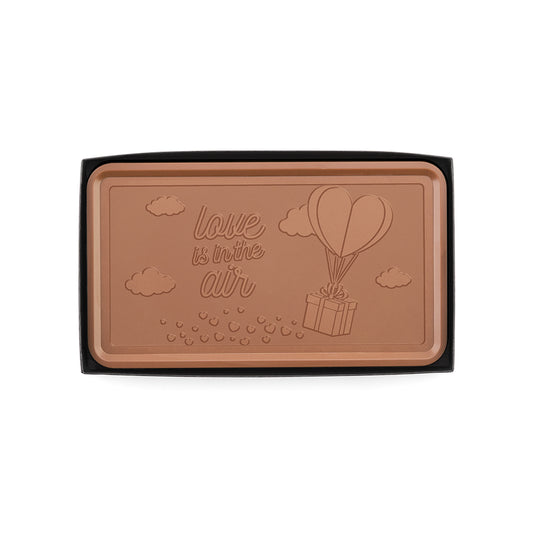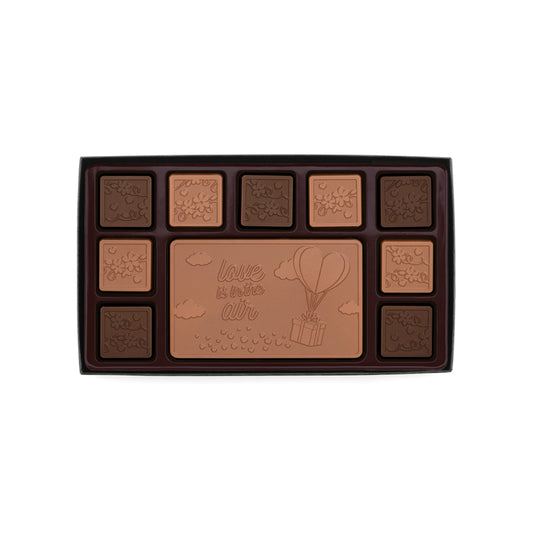
How to Spot Quality in Single Origin Coffee From Farm to Cup
Updated on: 2025-10-21
Single Origin Coffee Table of Contents
- Why Single Origin Coffee Elevates Your Daily Cup
- A Personal Single Origin Coffee Discovery
- Key Advantages of Single Origin Coffee and Single Estate Coffee
- Quick Tips to Brew Single Origin Coffee at Home
- Summary and Next Steps for Single Origin Coffee Lovers
- Single Origin Coffee Q&A: Your Top Questions Answered
- About the Author and Our Single Origin Coffee Commitment
Why Single Origin Coffee Elevates Your Daily Cup
If you want clearer flavors, consistent quality, and a more transparent supply chain, single origin coffee is the smart choice. Unlike blends, which combine beans from multiple regions, single origin coffee comes from one country or even one specific farm. This focus reveals distinct tasting notes—think citrus and florals from East Africa or chocolate and spice from Southeast Asia—so you can dial in a flavor you love and repeat it. Whether you brew pour-over, espresso, or French press, single estate coffee (from one farm or estate) and microlot coffee (tiny, carefully selected lots) help you unlock nuance in a way blends rarely match.
Not sure where to start? Try a curated set to find your profile. Explore variety while staying in the single origin lane with our Single-Origin Favorites Sample Pack—a simple way to taste multiple origins and discover what your palate prefers.
Ready to browse individual bags, pods, and roasts? View our full Coffee Collection and filter by origin, roast level, or brew method.
A Personal Single Origin Coffee Discovery
The first time I brewed a Kenyan single origin as a pour-over, the cup surprised me. It tasted like blackcurrant with a bright, juicy finish—no syrups or flavorings, just the bean’s origin speaking for itself. A week later, I brewed a Sumatran single origin and found a completely different experience: syrupy body, cocoa, and a touch of spice. Same grinder. Same kettle. Totally different flavor story.
A customer recently told us, “I always thought my coffee tasted the same. With single origin, I can pick a profile that fits my mood—bright and tea-like one day, chocolatey and bold the next.” That’s the core value: single-origin coffee helps you control your experience. You choose the region, farm style (single estate coffee if you want extra traceability), and roast to match how you brew and how you like to drink it.
From weekday pour-overs to weekend espresso, single origin selection makes the process less random and more rewarding. You buy with intent, and the flavor follows.
Key Advantages of Single Origin Coffee and Single Estate Coffee
- Traceable flavor: Because single origin coffee comes from one region—or single estate coffee from one farm—you know where your flavors come from. You can revisit the same origin for a repeatable taste.
- Defined tasting notes: Expect clean, identifiable profiles. For example, Kenyan lots often lean fruity and bright, while Sumatran lots can be earthy and chocolate-forward.
- More engaging brewing: Flavor is transparent, so technique pays off. Adjust grind size or water temperature and taste the changes immediately.
- Better education: Single-origin labels often include altitude, process, and varietal details. This transparency helps you learn what you enjoy faster.
- Alignment with specialty coffee values: Single origin and microlot coffee often reflect careful sourcing, roasting, and quality control.
- Perfect for pour-over: If you love clarity and balance, single origins are ideal for hand-brew methods that highlight nuance.
- Thoughtful gifting: Coffee lovers appreciate a bag with a story—country, farm, process—all on the label.
Curious to experience a vibrant, fruit-forward profile? Try an origin known for its sparkling acidity and berry complexity like Kenya. Prefer deeper cocoa and spice? Explore a structured, full-bodied cup from Uganda. Both are popular entry points that showcase how single-origin coffee reveals regional character.
Quick Tips to Brew Single Origin Coffee at Home
- Match roast to method: For pour-over clarity, lean toward light to light-medium roasts that preserve origin nuance. Search for the best single origin coffee beans for pour-over to guide your choice.
- Dial in grind size: Start at medium for pour-over, medium-coarse for batch brew, coarse for French press, and fine for espresso. Adjust one notch at a time until the cup tastes balanced.
- Use fresh, whole beans: Freshness preserves volatile aromatics—a big reason single-origin coffee tastes vivid. Grind just before brewing.
- Water quality matters: Clean, filtered water helps you taste origin notes instead of off-flavors from hard or chlorinated water.
- Mind your ratio: Begin with 1:16 (1 gram coffee to 16 grams water) for pour-over. If the cup tastes thin, use a bit more coffee or grind finer.
- Watch the temperature: Aim for about 195–205°F for most manual brews. Cooler water can mute flavor; hotter water can over-extract.
- Know your origins: If you want a bright, tea-like cup, look for Ethiopian single origin coffee beans light roast. For chocolate and spice, try Indonesia or Central America at medium to medium-dark.
- Consider processing style: Washed coffees often taste clean and bright, while naturals can lean fruity and jammy. Honey process sits in the middle.
- Store beans well: Keep beans sealed, away from light and heat. Avoid the fridge or freezer after opening to prevent moisture issues.
- Test different brew methods: Single-origin coffee shines in pour-over, but try it as espresso or in an AeroPress to discover new dimensions.
If you want a safe, guided path to exploration, sample across profiles and regions. The Single-Origin Favorites Sample Pack is a fast way to find what you love without guesswork.
Summary and Next Steps for Single Origin Coffee Lovers
Single origin coffee puts flavor and transparency first, helping you understand what you drink and why you like it. It solves the “mystery cup” problem by giving you consistent, origin-led profiles that you can brew again and again. If you want even more detail, single estate coffee and microlot coffee offer farm-level traceability and carefully curated lots—it’s specialty coffee at its most expressive.
Next steps are simple. Choose a starting profile that matches your taste—bright and floral, chocolatey and smooth, or spicy and full-bodied—and pick a compatible roast for your brew method. Then dial in grind, ratio, and water temperature to bring out the best in your beans. For an easy, confident start, explore curated sets and a range of origins in our Coffee Collection. If you prefer a guided tasting, the Single-Origin Favorites Sample Pack delivers variety with simplicity so you can compare side-by-side and decide what to restock.
Single Origin Coffee Q&A: Your Top Questions Answered
What is single origin coffee?
Single origin coffee refers to beans sourced from one geographic area, such as a specific country, region, or farm. This focus highlights the terroir—the soil, climate, and processing—that shapes flavor. It allows you to taste characteristic notes from that place, like citrus and florals from East Africa or cocoa and spice from Southeast Asia. If you want even more precision, single estate coffee means the beans come from one farm or estate, often with extra details like altitude and processing method on the label.
Is single origin coffee better than blends?
“Better” depends on your goals. Single origin coffee is ideal when you want clarity, transparency, and distinct tasting notes. Blends can be great for achieving balance and consistency across seasons. If you value exploration and learning what you like, start with single origin. If you prefer a reliable house flavor, a blend may fit. Many coffee lovers keep both on hand: single origin for mindful brewing sessions and blends for a familiar daily cup.
How does single estate coffee compare to regional single origin?
Both are types of single origin coffee. Regional single origin comes from a specific area within a country. Single estate coffee is even more precise, coming from one farm or estate. Estates often control more steps—from harvesting to processing—so lots can be highly consistent and traceable. If you enjoy knowing the exact source and expect repeatable results, single estate is a compelling choice.
What is microlot coffee?
Microlot coffee is a very small, carefully selected lot, often separated because of standout quality or unique characteristics. Microlots can come from a single farm or a specific section of a farm. Expect distinctive flavors, limited availability, and attention to detail in processing. Many coffee enthusiasts seek microlots to taste rare or experimental profiles within the broader world of specialty coffee.
About the Author and Our Single Origin Coffee Commitment
About T10 T10
T10 T10 is a coffee-focused writer and product strategist with hands-on experience curating single origin, single estate, and microlot selections for home brewers. Passionate about flavor clarity and simple brewing guidance, T10 T10 helps shoppers find beans that match their taste and method. If you have questions about origins or roast levels, feel free to reach out—we love helping you brew a cup you’ll be proud to share.

